As rival quick-commerce players go under, Snappy Shopper’s focus on independent grocery retailers is working well… for both parties
Many businesses have attempted to bring the convenience store to customers’ doorsteps. Most have flopped. The dark store model spearheaded by the likes of Getir, Gorillas, Jiffy and Gopuff, which saw couriers deliver goods ordered on a dedicated app in double-quick time, has seemingly failed. Only one of those major players, Gopuff, still exists in the UK.
Some persevere. Independents were early adopters of the aggregator apps such as Deliveroo, which have since signed up several major supermarkets and symbol groups. Meanwhile, Tesco has Whoosh, where orders made on its Clubcard app can be picked at local Express stores and delivered by a third-party courier “in as little as 20 minutes”.
And then there’s Snappy Shopper.
“We were wondering if we were doing something wrong because, for a long time, nobody was doing anything similar to us,” admits Mike Callachan, CEO of Snappy Group. While there are now imitators, like Appy Shop, Flash and Jisp, “when you’re the only person doing something, you do think – is this really a thing?”.

Snappy’s model works a little differently. It provides the consumer-facing app and underlying tech for convenience stores to list products and take customer orders, but it leaves the last mile for the retailer to handle.
More Big Interviews:
-
Gousto’s Shaun Pearce on taking recipe boxes mainstream
-
Peter Batt on driving the ‘Co-op and Nisa success story’
-
The evolution of Just Eat beyond food: Insights from MD Claire Pointon
-
How H & Jodie’s Amrit Singh will make wholesale changes in convenience
“One of the principles of this business was that we would only be successful if our retailers were successful”
Early on – the company was founded in 2018 – Snappy’s distinction caused some confusion among potential partners, who assumed “you’ll just do the delivery for me, right?” Callachan says. But it’s an arrangement that’s made most sense for retailers and Snappy, he explains.
The model has its origins in Snappy Group’s other business, Hungrrr, which provides a white-label online ordering platform for restaurants and takeaway businesses. It works with the likes of BrewDog, Subway, German Doner Kebab and countless independents.
For convenience stores, although arranging delivery drivers seems like a barrier “because it’s an overhead or something they’re not used to”, the higher basket spend and frequency of Snappy Shopper app orders means doing so makes business sense. Indeed, delivering mainly ambient products “is simpler” without “that same time pressure” as hot food, Callachan says.
Snappy Shopper’s first customer was a friend’s Family Shopper convenience store, using an adapted version of Hungrrr, which “basically doubled the sales” of the store within a few months.
The last mile
Of course, the last mile isn’t something in which partners of the major aggregators are involved, but the big players can be problematic in other ways. Callachan has objections to the gig economy, especially drivers “struggling to earn the minimum wage. We didn’t want to facilitate that in our model, and we didn’t think it had to be that way.”
Another problem for store owners to think about is the gruelling commission, which can only be countered by erasing margins or putting up prices.
“They [the major aggregator apps] are fantastic technology businesses – and the types of companies that have inspired us as founders. But the commission model that all three marketplaces have made the norm is counterproductive to what the industry needs. Technology should be there to help companies do a better job,” Callachan says.
“One of the principles of this business was that we would only be successful if our retailers were successful. Whereas the big marketplaces are almost saying: ‘How can we extract the maximum value from that store? We don’t care if they’re making any money. What we care about is how much we’re making.’”
In comparison, Callachan says, Snappy’s model means retailers retain the customer relationship. “The big elephant in the room, which we always have to keep ourselves honest on, is that they’re not our customers – they’re the retailer’s customers.” And Snappy’s significantly lower commission costs means deliveries are “profitable on a per-order basis” for them.
Name: Mike Callachan
Job: Snappy Group CEO
Age: 41
Family: Wife (Jenene) and three boys (Jude, Josh and Louie)
Pets: Does our fish count?
Home: By the River Tay in Dundee
What are you listening to at the moment?: Coldplay and Paolo Nutini
Business motto: Technology for good to improve people’s lives
Business idol: Bill Gates
Best advice you ever received: Always do your best
How do you spend your free time? Watching my sons play football, reading, being a dad and husband
Favourite takeaway: Chinese chicken curry, fried rice and chips
Last Snappy Shopper order: Milk, eggs, Lurpak, bananas, Oreos, Robinsons, Takis, Roysters, bin liners, Calpol
Measured growth
Snappy Shopper’s growth strategy – which resulted in a 50% increase in order count last year – has also been more measured than the aggregators and rapid delivery players. It first rolled out in Scotland. Soon stores from all over England were making enquiries.
The pandemic saw more retailers join and more investment secured (in total it’s raised over £20m), including the backing of ex-Sainsbury’s CEO Justin King, who said of the business model: “I think it’s f***ing brilliant!”
Among a host of independents, it now serves several Go Local, Costcutter, Day-Today, Londis, Nisa, Premier, Scotmid Co-op and Spar stores. Such success has seen others mimic the model, but Snappy Shopper sign-ups are still snowballing.
“We’ve got a real shot of being the saviour of independent retailers,” Callachan says.
In February, Snappy launched in Northern Ireland through a trial with Co-op, and the following month secured its first national, company-owned rollout, with Tesco subsidiary One Stop. Following a trial last year, One Stop introduced Snappy’s services to an initial 250 of its 1,000 stores – which came after the success of a single franchisee using Snappy Shopper.

“They are absolutely our biggest advocates,” Callachan says. “We now have around 150 stores a month applying to join our platform, [but] I don’t think we’ll ever be saying yes to everyone.”
For a start, they’re picky. Some retailers in certain areas of the country have exclusivity deals, but broadly “we’re looking for the quality retailer who has great pride in the service they’re giving the community”, Callachan says. Those with poorer standards won’t find a partner in Snappy, “because at the end of the day we don’t have faith they’ll do a good job”.
It’s not perfect – after all, there are still stores that should be on the Snappy Shopper app but aren’t, according to Callachan, because hiring drivers is too big a challenge. A recent deal with third-party courier service Stuart – the same company used by Tesco Whoosh – could change that, however. In an evolution of the model, the deal, announced this month, will give Snappy Shopper partner stores access to Stuart’s nationwide fleet.
“The rationale for it has been: because of our scale, we can get preferential pricing [from Stuart] for each delivery, which we can then offer to an independent retailer – a price they can afford to pay,” Callachan says. “It means they still make money on every order. And it removes the need for them to go and put a vehicle on the road with a driver.”
Furthermore, Stuart’s European courier network means expansion beyond the British Isles is no longer such a huge leap. “For the next year at least, we’ll be focused on becoming number one in the UK,” Callachan says. “But absolutely in the future, that’s going to happen.”











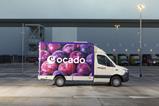


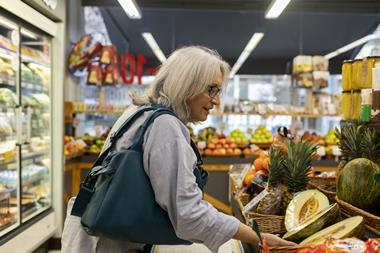





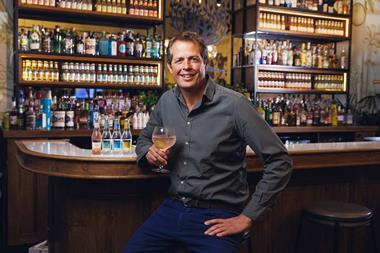
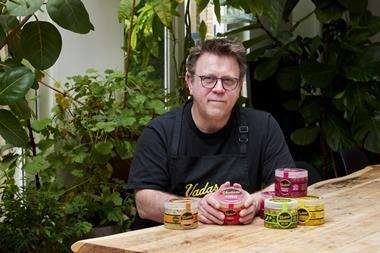
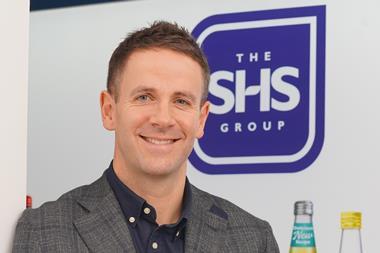
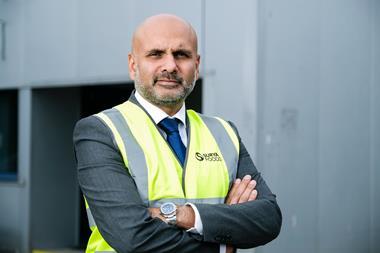

No comments yet